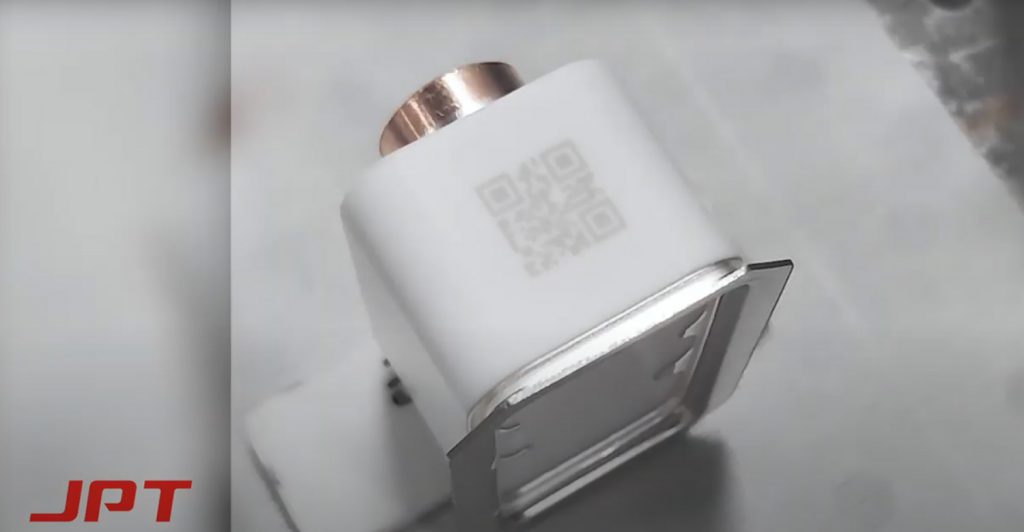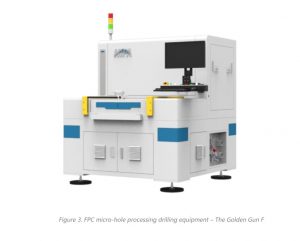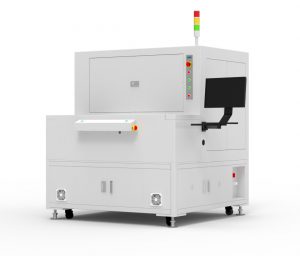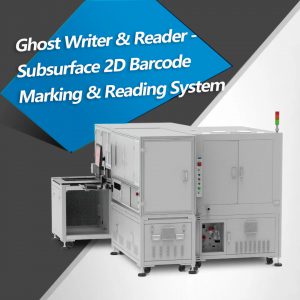Table of Contents
Ceramic is inorganic, nonmetallic crystalline material. It is very hard and brittle and marking in Ceramic has always been a big challenge. Conventional marking in Ceramic has never been very successful. Low contrast marking, excess use of toxic chemicals, time consuming process was some of the big limitations that made conventional marking less attractive.
The advantages of Laser Marking in Ceramics
Laser marking has evolved as a very versatile technique and today in most of the industries it is replacing other conventional methods. It is straightforward, non-contact, overall cost effective, high repeatable and high precision processing method that suits in different background setups.
Laser beam creates a localized heating enabling the creation of fine details with high contrast even at micron size. It is common to create marks in ceramic for decoration purpose. It is important to note that laser produced marks in ceramic does not affected by chemical bleaching or the use of any detergent making these marks long-lasting.
Lasers are capable to create deep groove in ceramic that can be further filled by paints to make marking more lively. Valuable pottery marks, trademark logo in ceramic tiles, batch number, dates or some patterns can be created using high power laser.
Laser Marking Methods for Ceramics
There are three common methods of laser marking in Ceramics:
Melting:
Fibre laser with enough energy at IR wavelength can melt the ceramic material specially alumina. Melting and desorption can create Oxygen vacancy in ceramic material which are also known as “F-centres” or “Color Centers”. These “Color centers” are responsible coloration in Ceramic material that can be used to create marks.
Surface Etching:
Oxygen vacancies can also be generated using UV laser but in this case the mechanism is not melting but through ablation. The contrast can be further improved by laser treatment in untreated surface. Comparing with etching, melting is always preferred as they generate better quality marks due to higher average power in case of melting.
Coating of Absorbing additives:
Another method of laser marking is the coating of absorbing material on ceramic material. When laser with absorbing wavelength interacts with coating material, laser energy is absorbed into the coating material generating the color change in exposed area. Once the coloration in exposed area is completed, the coating from unexposed area can be removed from the ceramic surface.
General Ceramic Laser System Consideration:
Although customized laser system can be used for laser marking of ceramic materials and there may be variation in installed laser system depending upon various situations in a typical lab, some specific features must be followed to avoid any unwanted inconvenience later on.
Platform Size:
In laser marking of ceramic platform is an integral part of laser setups. It is important in laser setup that it could accommodate even a large sized ceramics that will be marked using laser.
Wavelength:
Although different lasers in UV (Nd:YVO4), Visible (Nd:YVO4 green laser) and IR (CO2 and Fibre laser) were attempted to create a mark in ceramic but Fiber laser and CO2 laser both in IR wavelength are found to be much superior than other laser. They can create high contrast mark through color change in ceramic.
In particular, CO2 laser are very efficient in breaking carbon-oxygen bonds that are present in ceramic material. CO2 laser marking is used to create art and crafts in ceramic based pots such as cups and tea pot. Also bulb socket that are made of ceramic are marked using CO2 laser to enter important information. Fiber laser are frequently used to mark serial numbers, dates, logo etc in ceramic tiles and sanitary wire.
Laser Power:
Laser power is one of the very critical parameters in achieving efficient marking in ceramics. Laser power can be transferred in two ways- CW (continuous wave) and pulse mode. In CW mode laser have continuous high power while in pulsed mode there is a high peak power. Shorter the pulse duration higher peak power available. High peak power and shorter pulse duration is favorable in marking applications. With this combination sufficient energy can be deposited resulting in smaller heat affected zone (HAZ) that will create a good quality marking.
Lens:
Generating an ideal spot size is important as it will decide the marking line width as wellas marking efficiency. It can be managed with help of lens alignment.
Scanning Speed:
It is another important parameter that can be used to control marking process. In laser marking process generally lasers are scanned with reference to workpeace with varying speed. For shallow marking scanning speed can be increased while deep marking can be done with decreased scanning speed.
Air pressure:
Air pressure plays a key role in achieving efficient mark. The simultaneous use of air pressure during the laser marking process help in removing the gases and particles which further help in reducing the heat affected zone.
Safety Considerations for Ceramic Laser Materials Processing:
In case of laser marking in ceramics, laser power more than 500 mW is used and therefore they fall in Class 4 category. These high power lasers can work on both visible and invisible wavelength. If not protected they can be dangerous for eyes and our skin.
In these setups all the safety requirement of Class 4 category must be satisfied. A laser guarding must be installed and guarding material should be opaque. Guarding system should be properly designed to deal with faulty conditions. Interlock switches must be fitted in Guarding system. It will prevent the laser system from starting when the guard will be in open condition.
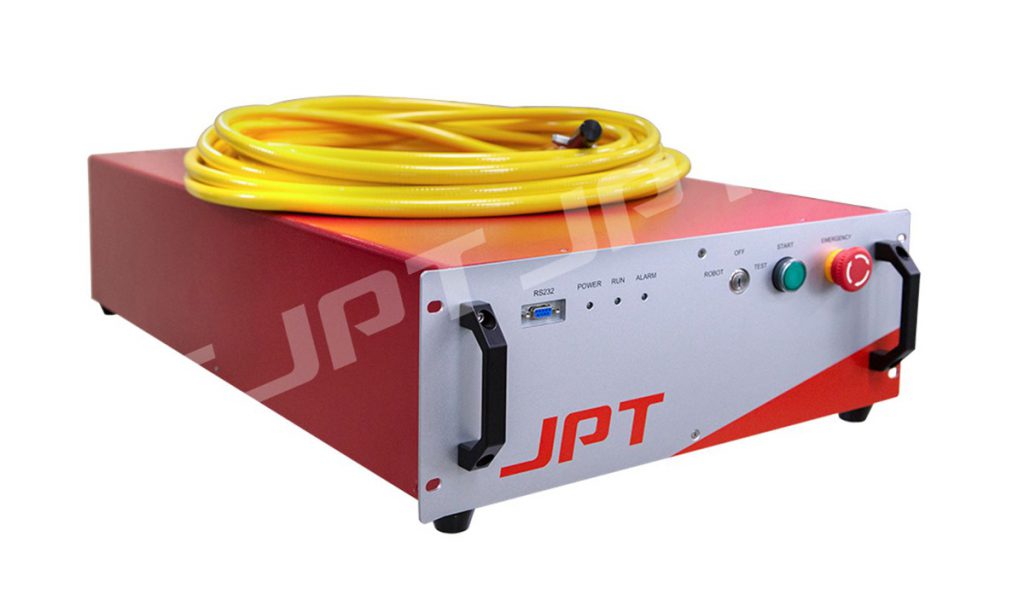
Try JPT Laser for Ceramic Laser Marking:
JPT lasers are available both in CW and pulsed form and they offer some unique properties such as customizable pulse duration, adjustable frequency range with high peak power, intelligent fan speed regulation, good beam quality, good stability.
These properties make JPT lasers very flexible to use and customized according to one’s need. JPT’s Solid State Laser and Pulsed Laser has been tested for marking in ceramics and found to be dependent on material characteristics as well as composition of doping.
Recommend Reading

Color Laser Marking Guide
Table of Contents What Exactly is Color Laser Marking? Color laser marking is the process of creating color marking on objects using laser machines. Marking
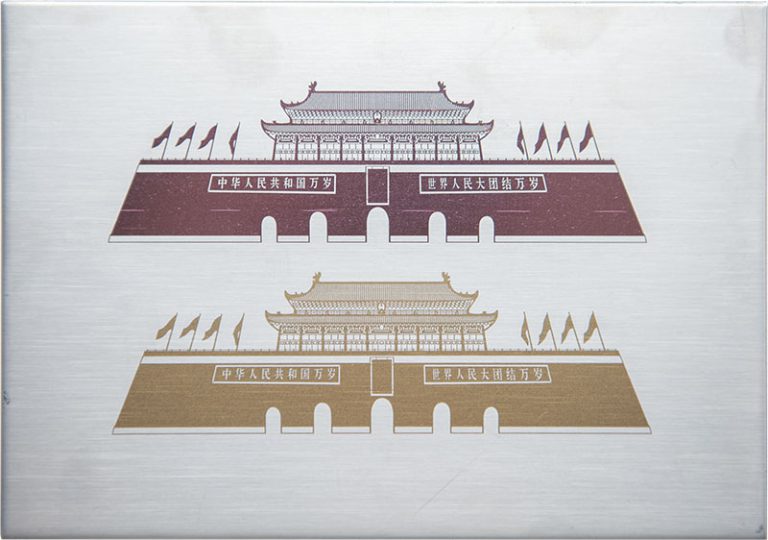
Laser Marking: Everything You Need to Know
Used exclusively by industrial manufacturers before, laser marking technology is today used by small business enterprises, makers, hobbyists, and product designers in many different ways.
